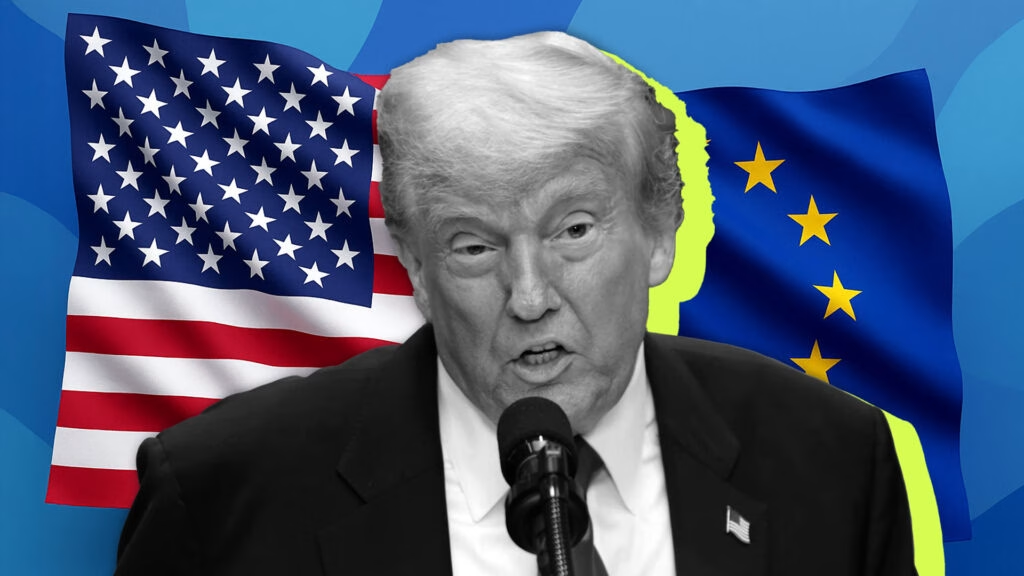Trump’s Tariff Threat: What It Means for European Imports and the U.S. Economy
President Donald Trump has thrown down the gauntlet, threatening a staggering 50% tariff on European imports, particularly targeting vehicles and automotive parts. This bold move, which could take effect as soon as June 1, has sent shockwaves through the automotive industry and financial markets alike. But what does this really mean for consumers, businesses, and the broader economy?
Why Is Trump Targeting European Imports?
In a recent post on Truth Social, Trump expressed his frustration with the European Union, claiming it was established to exploit the U.S. on trade. He pointed to a significant trade deficit of over $250 million, which he deems “totally unacceptable.” The President’s rhetoric suggests that he feels negotiations with the EU have stalled, prompting him to consider this drastic measure.
The automotive sector is particularly vulnerable, with imports from Europe valued at around $45 billion. If the tariff is implemented, it could lead to significant price hikes for consumers and potentially disrupt supply chains that rely on European parts and vehicles.
What Are the Potential Impacts of the Tariff?
The implications of a 50% tariff are profound. For one, it could lead to increased prices for American consumers. Automakers like BMW, Mercedes-Benz, and Volkswagen could pass on the costs to buyers, making new cars more expensive. Additionally, this tariff could strain relationships with European manufacturers, leading to retaliatory measures that could further escalate trade tensions.
Markets reacted swiftly to the news, reflecting the uncertainty surrounding Trump’s trade policies. Investors are wary, especially considering the administration’s history of backing down from similar threats. Just last month, the U.S. had imposed a 20% reciprocal tariff on most goods from the EU, only to reduce it to 10% to allow for further discussions.
How Does This Fit Into the Bigger Picture of U.S.-EU Trade Relations?
The U.S. and the EU have a complex trading relationship, with the EU being America’s second-largest trading partner after China. In 2024, the U.S. imported approximately $550 billion worth of goods from Europe, while exporting around $350 billion. The automotive sector plays a crucial role in this dynamic, with vehicles and parts being among the top exports from Europe.
Experts warn that escalating tariffs could lead to a trade war, reminiscent of the tensions seen in previous years. The automotive industry, which has already faced challenges due to the pandemic and supply chain disruptions, could be hit particularly hard.
What Should Consumers and Businesses Expect?
For consumers, the immediate concern is the potential for rising prices. If Trump follows through on his threat, we could see significant increases in the cost of cars and parts, which might lead to fewer purchases and a slowdown in the automotive market.
Businesses, especially those reliant on European imports, may need to reassess their supply chains. Some might consider sourcing parts domestically or from other countries to mitigate the impact of the tariffs. This could lead to a shift in manufacturing strategies, with companies looking for ways to adapt to the changing trade landscape.
The big takeaway? Trump’s tariff threat isn’t just about numbers—it’s about the ripple effects that could reshape the automotive industry and consumer behavior. Whether you’re a car enthusiast or just someone looking to buy a new vehicle, keeping an eye on these developments will be crucial. Start by considering how these changes might affect your next car purchase or business strategy, and you’ll likely spot the difference in the coming months.

